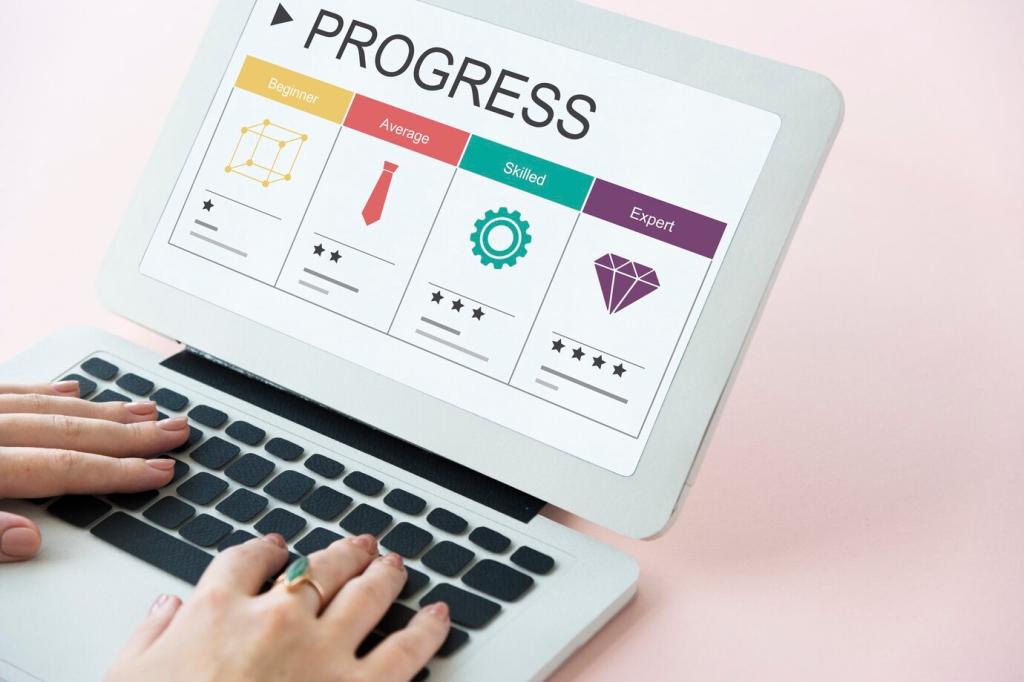Turn Feedback into Fixes at Scale
Blend surveys, review mining, frontline notes, and social listening into a single insight backlog. Tag items by journey stage and severity, then quantify with frequency and impact. One hospitality brand found that “silent waits” at check-in drove frustration; adding proactive status messages eased anxiety and lifted satisfaction immediately.
Turn Feedback into Fixes at Scale
Define clear steps: acknowledge, investigate, fix, validate, and communicate back. Automate acknowledgments, assign owners, and set deadlines. Let customers know exactly what changed because of them. Closing the loop is not an apology—it’s a promise fulfilled, proving that feedback fuels better experiences, not just reports.
Turn Feedback into Fixes at Scale
Run lightweight co-creation sessions with real customers and frontline staff. Prototype scripts, emails, or micro-flows, then test quickly. Sharing early drafts earns trust and surfaces blind spots. Invite readers to join a future session or comment with a nagging friction point you want a community to help solve.






